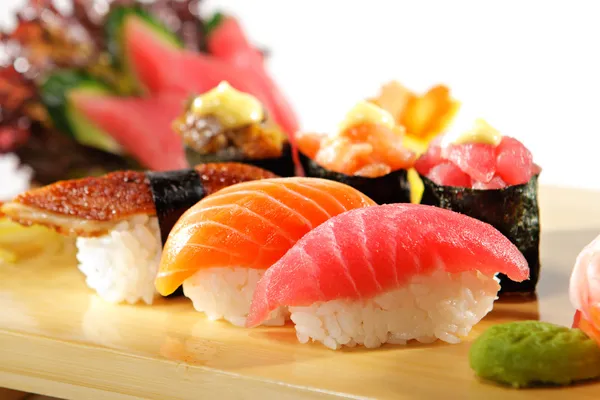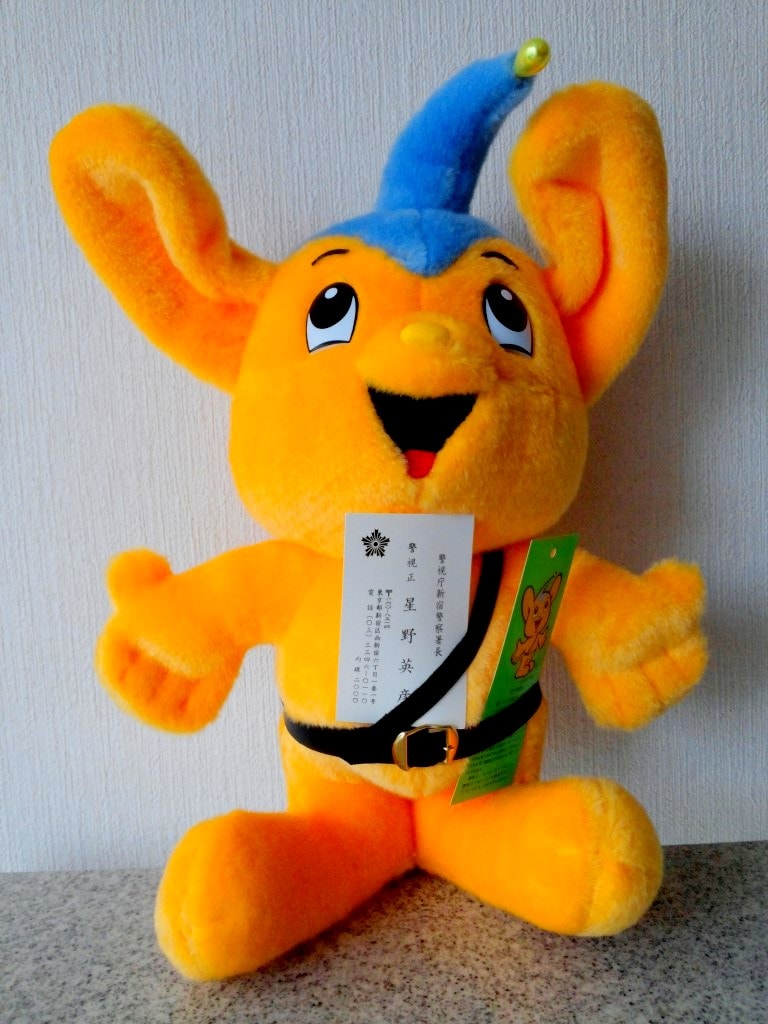The Japanese government aims to become a tourism-oriented nation. In tourism, the key elements are nature, climate, culture, and food. When tracking individuals visiting Japan, it is important to understand the fundamental principles of Japanese tourism.
Sushi
Among them, sushi is the most famous when it comes to food. As private investigators, we sometimes provide guidance to foreign visitors, so it is necessary for us to have knowledge and expertise in food and its history. Clients planning a trip to Japan can refer to the following information.
The history of sushi can be traced back to Southeast Asia. The initial form was known as “narezushi,” where fish was packed tightly in a bowl of rice for preservation. The rice would ferment, making only the fish edible. The purpose of sushi was originally to preserve fish. Over time, the fermentation period was shortened, and rice and fish began to be eaten together. In its early days, sushi was mainly presented as gifts or included in bento boxes for the nobility.
With the end of the Sengoku period and the onset of the peaceful Edo period, ordinary people began making their sushi and offering it at small stalls. Sushi consisted of fish placed on top of rice, which became the prototype of modern sushi. At that time, sushi was palm-sized, and eating two pieces would provide a sense of fullness, resembling fast food.
In 1868, with the end of the Sengoku period and the introduction of Western technology, the widespread use of refrigerators enabled the preservation of fish. As a result, the need for sushi stalls, intended for quick consumption, diminished, and the modern style of sushi bars became popular.
After World War II, due to government restrictions on rice supply, sushi bars found it difficult to procure their rice. Consequently, sushi bars adopted the “we will use the customer’s rice” to continue their operations. This history led to sushi bars becoming a rarity and a symbol of high-end dining in Japan. Subsequently, conveyor belt sushi establishments opened, increasing the number of affordable sushi restaurants.
From preserved food to fast food and eventually evolving into a luxury item, sushi has a long history and enjoys support from a wide range of enthusiasts.
Sushi bars take various forms, ranging from high-end establishments to family-style restaurants. High-end sushi bars are often used as venues for men to accompany women and entertain important clients. If you are in a five-star hotel, the staff would know recommended sushi bars, so it is advisable to inquire about them. Here are some high-end sushi bars we visited during our tracking investigations. When two people dine on sushi and drink, prices range from 10,000 yen at affordable bars to 30,000 yen at upscale establishments. Ordering may initially be challenging, but sushi bar staff in Japan are helpful and willing to answer questions.
“Kyubei”
This high-end sushi bar is located in Ginza’s bustling district in Tokyo. As it is frequently visited during tracking investigations, all private detectives in Tokyo are familiar with this establishment. It attracts various visitors, including those engaging in entertainment, business meals, and couples on dates. The age range of patrons is diverse. Due to the complex transportation conditions in this area, tracking investigations of official visitors can be challenging, as many escort vehicles are often involved.
“Sharaku”
Situated in Osaka’s most prestigious entertainment district, Kita-Shinchi, this sushi bar has a higher ratio of nightclubs than Ginza. It attracts a significant number of male customers and nightclub hostesses. Wealthy male customers often treat nightclub hostesses to sushi after work. This is a unique cultural practice in Japan, and the popularity of this establishment is a testament to its delicious offerings. Afterward, the hostesses usually take a taxi home, so proficient taxi selection is necessary for tracking investigations.
The above are some of the high-end sushi bars we visited during our tracking investigations. When dining at these establishments with two people and enjoying sushi and drinks, prices range from 10,000 yen at affordable bars to 30,000 yen at upscale. It may be initially challenging to navigate the ordering process, but the staff at Japanese sushi bars are friendly, so feel free to ask plenty of questions to them.




